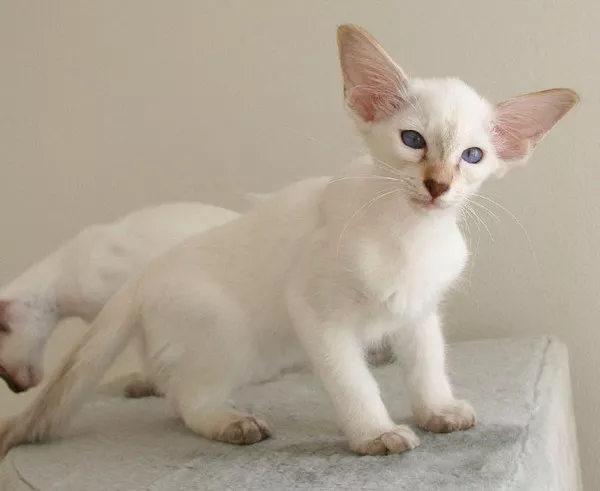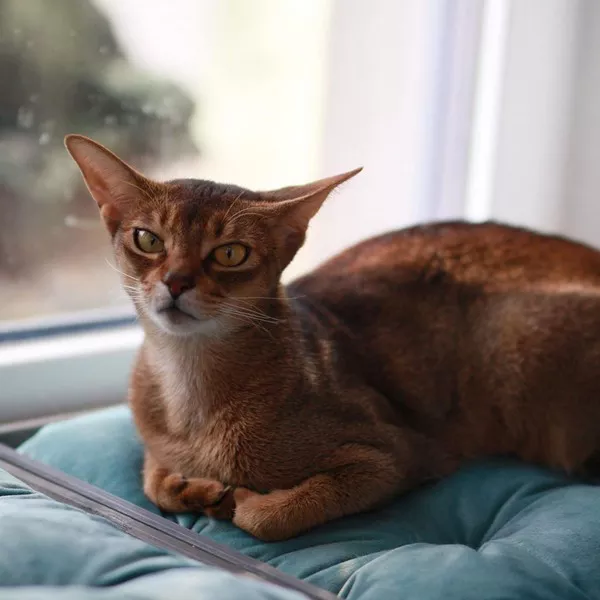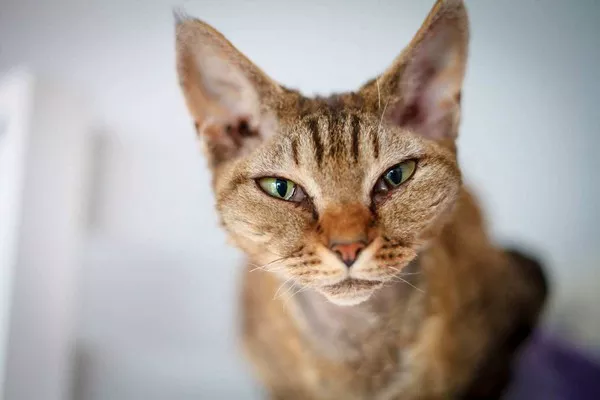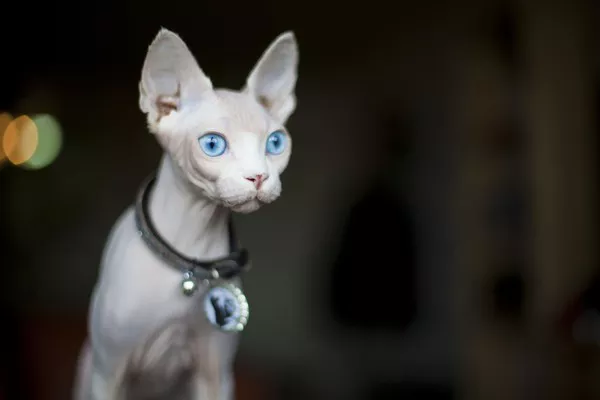Cats, our enigmatic and captivating companions, exhibit a multitude of intriguing behaviors and characteristics. One such distinctive trait is the rough texture of their tongues. Have you ever wondered why a cat‘s tongue feels so different from our own? In this article, we’ll embark on a journey into the world of feline anatomy, exploring the science behind the unique texture of cats’ tongues. By unraveling the mysteries of their tongue structure, we’ll gain a deeper understanding of how this remarkable adaptation serves various purposes in a cat’s daily life.
1. Evolutionary Adaptation
Ancient Origins
The rough texture of a cat’s tongue is an ancient evolutionary adaptation that dates back to their wild ancestors. It’s a feature that has been honed over generations to assist cats in their survival and various activities.
Carnivorous Ancestry
Cats are obligate carnivores, meaning their diet primarily consists of animal-based protein. Their specialized tongue structure has evolved to accommodate the demands of consuming and processing meat.
2. Papillae: The Key to Texture
Tiny Protrusions
The unique texture of a cat’s tongue is attributed to tiny, backward-facing structures called papillae. These papillae cover the surface of the tongue and give it a raspy and abrasive texture.
Keratinized Spines
Each papilla is equipped with numerous keratinized spines, akin to miniature bristles, that serve various functions in a cat’s daily life.
3. Grooming and Cleaning
Self-Grooming Routine
Cats are renowned for their meticulous grooming habits. The rough texture of their tongues aids in grooming by effectively removing dirt, debris, and loose fur from their coats.
Tangle Taming
The papillae on a cat’s tongue are particularly adept at detangling knots and mats in their fur. This not only maintains a tidy appearance but also prevents discomfort.
Temperature Regulation
Grooming is not only about aesthetics; it also plays a role in temperature regulation. By licking their fur, cats distribute saliva which evaporates and provides a cooling effect on their skin.
4. Efficient Feeding Strategy
Stripping Meat from Bones
Cats’ tongues are well-suited for stripping meat from bones, an essential skill for their carnivorous diet. The backward-facing papillae help remove meat from prey, making consumption efficient.
Consuming Prey
In the wild, cats’ tongues play a crucial role in consuming their prey. The abrasive texture aids in removing meat from skin and bones, facilitating digestion.
5. Sensitive Taste Buds
Sensitive Taste Receptors
Despite their rough texture, cats’ tongues also house numerous taste buds. These taste buds are sensitive to different flavors, helping cats discern the taste of their food.
Texture Sensation
Cats’ tongues can detect texture variations in their food, influencing their preferences and dietary choices. This sensitivity impacts their hunting instincts and foraging behaviors.
6. Enhancing Social Bonds
Allogrooming
In social contexts, cats engage in allogrooming, where they groom each other. The rough texture of their tongues strengthens social bonds within cat colonies by promoting mutual grooming.
Bonding with Humans
Cats also use grooming to bond with their human companions. While their rough tongues may feel abrasive, it’s a sign of affection and companionship.
7. Care and Consideration
Dental Health
While a cat’s rough tongue serves multiple functions, it’s essential to prioritize their dental health. Regular dental care, including professional cleanings and dental-friendly diets, contributes to their overall well-being.
Observing Behavior
Understanding the importance of a cat’s tongue texture enhances our awareness of their behaviors and needs. Observing how they groom, eat, and interact sheds light on their unique adaptations.
Conclusion
In conclusion, the rough texture of a cat’s tongue is a marvel of evolution, meticulously designed to fulfill an array of functions essential for their survival and well-being. From grooming and feeding to enhancing social bonds and sensory perception, a cat’s tongue is a versatile and remarkable tool. As cat owners, gaining insight into the science behind their tongue texture fosters a deeper connection and appreciation for our feline companions. By recognizing the significance of their unique adaptations, we can continue to provide the care and consideration they deserve, enriching the lives of both cats and their human counterparts.



























